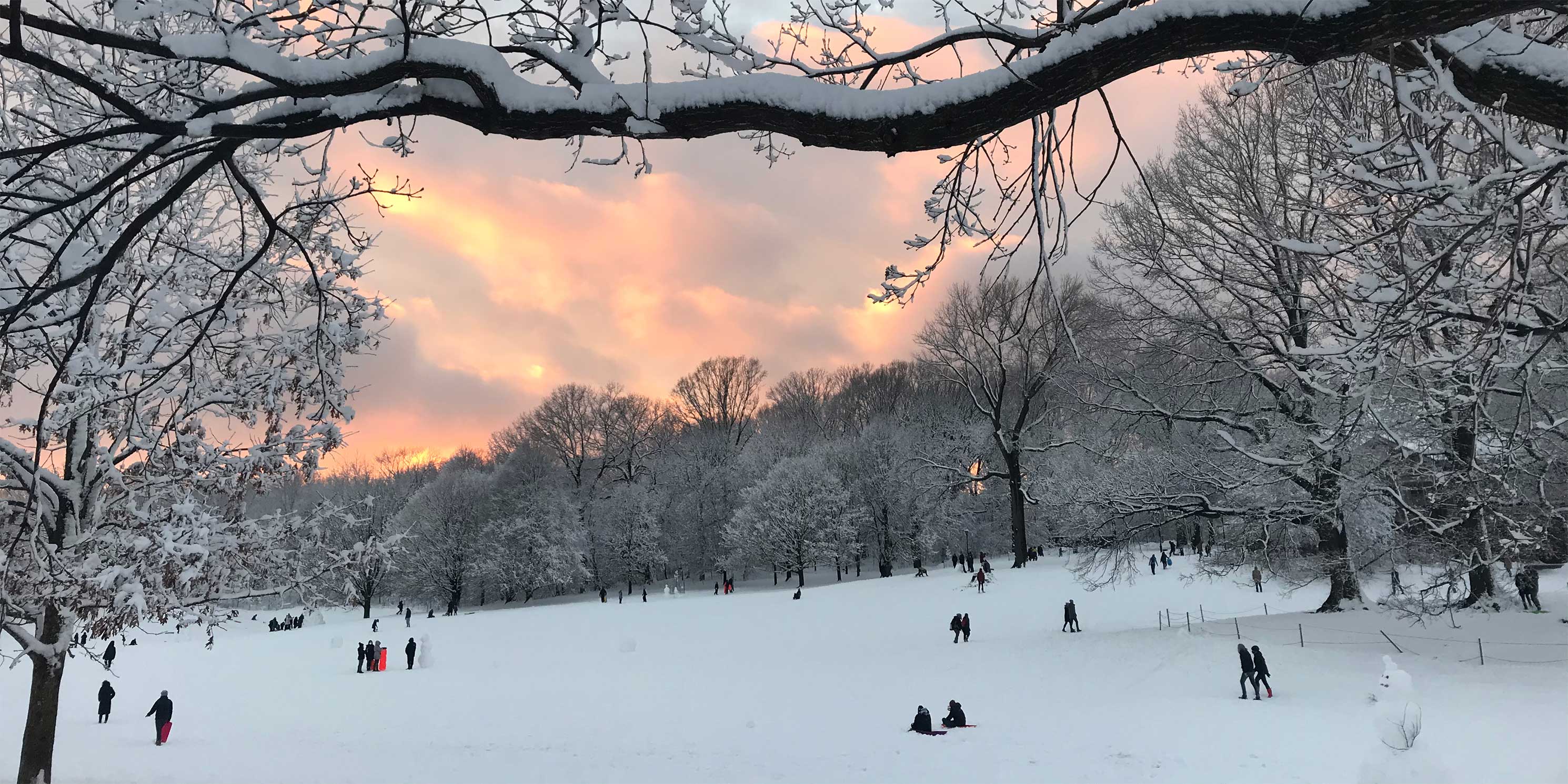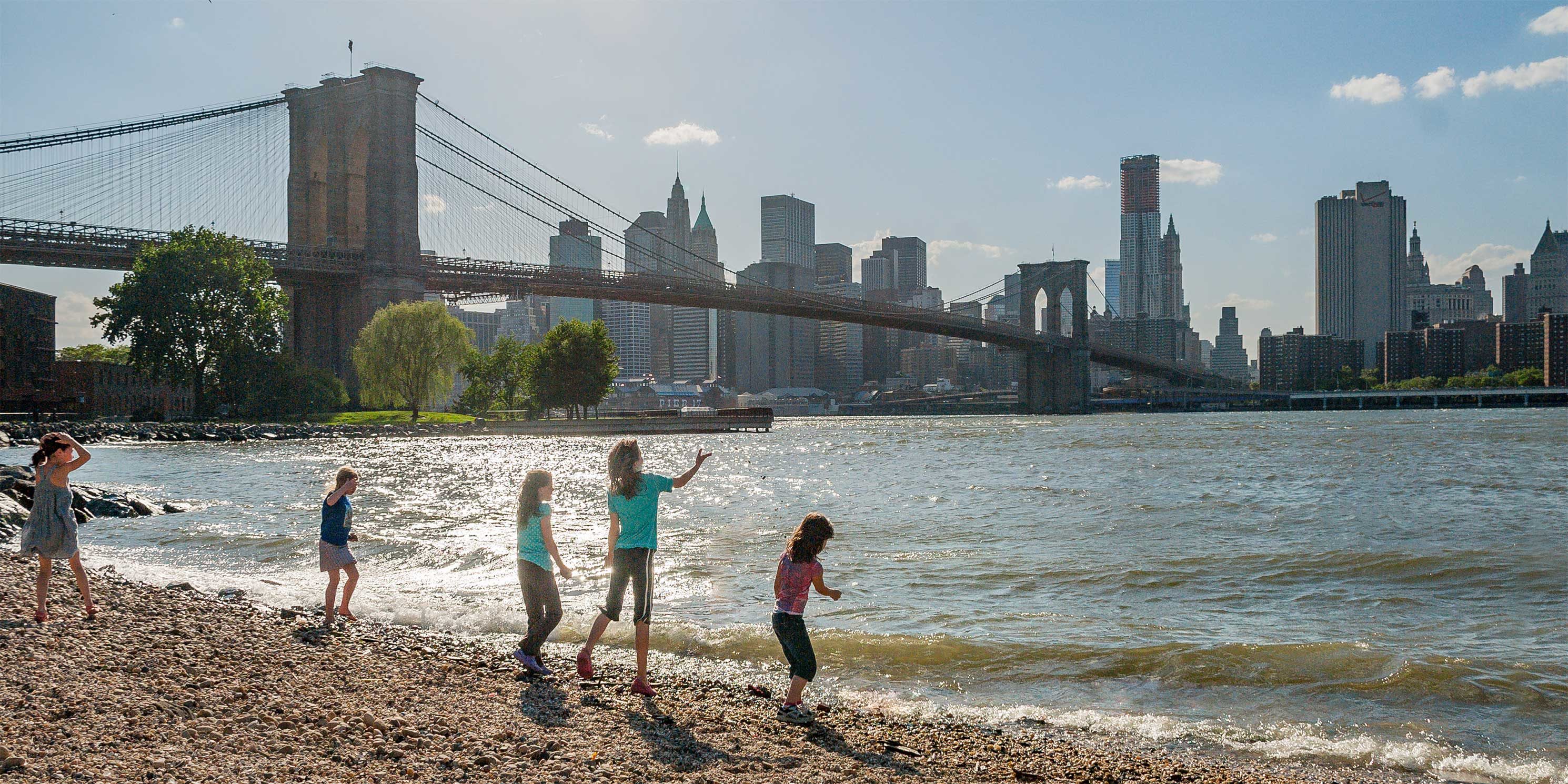President’s Letter: December 2024
Monthly observations and insights from MAS Interim President Keri Butler
Happy New Year, MAS friends and supporters,
New York City is on the precipice of much change. With the passing of the City of Yes, our city has adopted the most significant zoning amendments since the 1960s, providing a path forward to addressing our housing crisis. Congestion pricing is finally near the finish line, bringing us one step closer to long-term goals of reducing traffic and enhancing public transportation. There remains much work to be done, and we face many unknowns in 2025, including a new presidential administration and an upcoming mayoral election.

This is also a time of significant change for the Municipal Art Society, with the retirement of our beloved, long-time president, Elizabeth Goldstein. As I step into the role of interim president, it is hard to believe that I joined MAS just two years ago, after a 16-year career in New York City government at the Public Design Commission (PDC). Like many city agencies and civic institutions, the PDC was founded in response to the advocacy efforts by the Municipal Art Society. In my time there, I became deeply committed to improving the urban experience of New Yorkers through good design and supportive policies. I have been thrilled to continue this work through research and advocacy at MAS, and I am deeply humbled by the opportunity to build upon Elizabeth’s legacy in this role. For more than 130 years, MAS has been a leader in advocating for positive change, and we are excited to continue working for a more livable city.
But what does a livable city mean? Livable how and for whom? At MAS, we envision a city where all people have access to clean air, safe streets, reliable public transit, and affordable housing; where our public spaces like parks and libraries are funded and cared for; where community members can easily throw a block party without a lot of red tape; where immigrants can contribute to our economy and grow their families and build small businesses; and where intangible heritage and places that contribute to a neighborhood’s history and culture are given the resources to grow and thrive in place.
In 2025, MAS will redouble our efforts to meet these goals. We will continue crafting visions for a new and improved Penn Station and BQE, and reimagining truck corridors as community connectors with our Greener Corridors research. We will advocate for an alignment of City and State initiatives to create a comprehensive housing plan that increases housing supply and secures housing affordability and choice. We will push for more equitable, effective, and innovative ways to plan, invest in and manage public open spaces. And through our Enduring Culture Initiative, we will seek an expansive vision for historic preservation, supporting what makes our neighborhoods unique while allowing for growth and adaptation to our changing climate.
I am grateful for Elizabeth’s ongoing guidance and support throughout this transition and excited to work with our team to build upon MAS’s history while meeting the challenges of our current moment. Thank you for your continued support as we embark upon an ambitious new year together.
Keri Butler
Interim President, Municipal Art Society of New York
